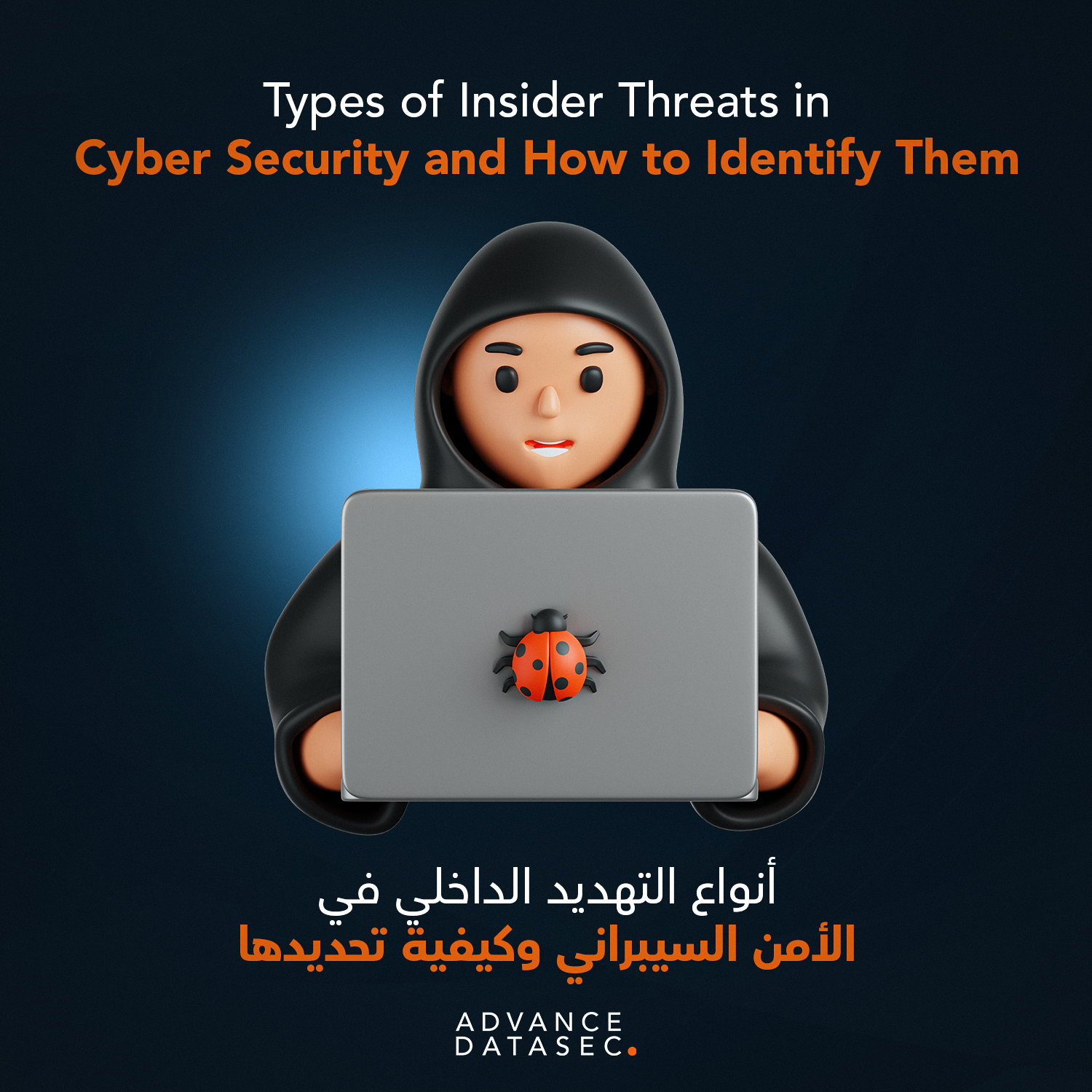Introduction: The Invisible Enemy Within
In the dynamic world of cyber security, attention often focuses on external adversaries: sophisticated nation-states, organized criminal gangs, and persistent hackers. Yet, some of the most damaging and difficult-to-detect breaches originate from within the organizational perimeter. The insider threats in cyber security represents a unique, complex, and potentially catastrophic risk, leveraging trust and legitimate access to compromise data, systems, and continuity.
Unlike external attackers who must first breach a firewall or circumvent intrusion detection systems, an insider already possesses the keys to the kingdom—or at least, keys to their authorized segment of it. Whether driven by malice, negligence, or coercion, the consequences of a successful insider attack—from intellectual property theft to major operational disruption—can dwarf those of external attacks.
This comprehensive guide will dissect the different categories of insider threats in cyber security, explore the psychological and technical indicators, and outline the proactive defense strategies that businesses, particularly those in sensitive markets like Saudi Arabia, must implement to protect their most valuable assets.
1. Dissecting the Categories of Insider Threat
The term “insider threat” is broad, encompassing various motivations and methods. Understanding the type of threat is the first step toward effective mitigation. Generally, insider threat in cyber security falls into three distinct categories:
1.1. The Malicious Insider (The Spy or Saboteur)
This is the classic, intentional bad actor. Their actions are deliberate, calculated, and often driven by a clear motive.
- Motivations:
- Financial Gain: Stealing proprietary data, trade secrets, or client lists to sell to competitors or criminal organizations.
- Revenge: Disgruntled current or former employees seeking to damage the company’s reputation or operations after perceived unfair treatment.
- Espionage: Employees acting on behalf of a foreign government or competitor (economic espionage).
- Indicators:
- Accessing sensitive systems outside of normal working hours or job scope.
- Downloading or copying unusually large volumes of data.
- Attempts to circumvent existing security controls (e.g., disabling anti-virus, bypassing Data Loss Prevention (DLP)).
- Displaying sudden or unexplained changes in financial status or personal behaviour (when coupled with suspicious technical activity).
1.2. The Negligent Insider (The Unintentional Risk)
By far the most common insider threat in cyber security, the negligent insider poses a risk not through malice, but through human error, poor training, or disregard for policy.
- Motivations: None, their actions are accidental. They simply seek to do their job faster or easier.
- Methods of Breach:
- Phishing & Social Engineering: Falling victim to targeted phishing emails that result in credentials being compromised.
- Misconfiguration: Improperly securing a cloud storage bucket or misconfiguring network access controls, inadvertently exposing data.
- Loss of Devices: Losing an unencrypted laptop or mobile device containing corporate data.
- Weak Passwords: Using simple, repeated, or shared credentials, making their accounts easy for external attackers to compromise.
- Identification Challenge: Detecting this threat requires sophisticated monitoring, as their access is legitimate and their technical activity often falls within “normal” parameters—until the moment of the mistake.
1.3. The Collusive Insider (The Outsider’s Agent)
This type involves an external party coercing, bribing, or tricking an employee into providing access. The employee may start as a victim but ultimately becomes an accomplice.
- Methods:
- Extortion: An external criminal group blackmails an employee (perhaps due to personal financial issues or compromising information) into providing network access.
- Recruitment: Highly sophisticated foreign intelligence services identifying and cultivating individuals with high-level access for prolonged data exfiltration.
- The Sleeper Agent: Often the hardest to identify, as the insider may act normally for months or years, only activating their malicious activity when the conditions are perfect or upon receiving specific external instruction.
2. Why the Insider Threat is More Dangerous Than External Attacks
The danger posed by the insider threat in cyber security stems from its inherent proximity to critical assets.
- Bypass of Perimeter Defenses: Firewalls, IDSs, and gateway security tools are designed to keep outsiders out. They are largely ineffective against a user who logs in with a valid username and password.
- Existing Context and Knowledge: An insider knows where the crown jewels are stored, the names of key databases, and the specific weaknesses of the corporate security culture or policy enforcement.
- Low and Slow Exfiltration: Malicious insiders often steal data slowly, in small, segmented chunks over a long period. This “low-and-slow” method allows them to evade traditional monitoring tools that flag sudden, large data transfers.
3. Practical Steps: How to Identify and Mitigate Insider Threats
Mitigating the risk requires a defense-in-depth strategy that combines technical controls with strict policy and vigilant oversight.
A. Behavioral and Technical Monitoring
The most effective tools focus on User and Entity Behavior Analytics (UEBA), which establishes a baseline of “normal” behaviour for every user and alerts security teams to deviations.
- User Behavior Analytics (UBA): If an accountant suddenly accesses the R&D file server, or an engineer logs in at 2:00 AM from a non-standard geographic location, UBA flags the anomaly.
- Data Loss Prevention (DLP): DLP solutions monitor, detect, and block the unauthorized transmission of sensitive information (e.g., credit card numbers, national IDs, proprietary source code) across network boundaries, endpoints, and cloud services.
- Privileged Access Management (PAM): Restricting and monitoring the accounts that have the highest level of system access (e.g., IT administrators). This is crucial, as privileged users are often the target of the most severe insider attacks.
B. Access Control and Policy Enforcement
- Principle of Least Privilege (PoLP): Users should only have the minimum access necessary to perform their job functions. An employee should lose access immediately upon changing roles or terminating employment.
- Mandatory Vacations and Job Rotation: Requiring employees in sensitive roles to take mandatory time off can disrupt a long-running malicious scheme. Job rotation ensures that no single person holds irreplaceable knowledge or access indefinitely.
- Strong Offboarding Procedures: All system access must be revoked immediately upon termination. Failing to do so creates a dangerous window for a disgruntled ex-employee.
C. Training and Culture
Since the negligent insider is the most common risk, investing in security awareness is a crucial defense against the insider threat in cyber security.
- Continuous Awareness Training: Regular, engaging training (not just annual videos) on spotting phishing, handling sensitive data, and reporting suspicious activity.
- Fostering a Culture of Security: Employees must feel safe reporting mistakes or suspicious activities without fear of undue punishment, ensuring minor issues are addressed before they escalate.
Conclusion: Moving Towards Proactive Cyber Resilience
The threat from within is often the hardest to accept, but it is one that every modern organization must actively manage. Whether the motive is malicious or merely negligent, the risk posed by the insider threat in cyber security is constant. Mitigating this risk requires moving beyond simple firewalls to embrace advanced behavioral analytics, strict access controls, and a robust security culture.
Protecting your organization from the inside out demands a specialized approach that understands the unique pressures and compliance requirements of the region.
Do you have the visibility you need to detect subtle behavioral anomalies before they turn into a major breach? Contact Advance Datasec today to implement cutting-edge PAM, DLP, and UBA solutions designed to turn your internal vulnerabilities into a source of proactive cyber resilience.

For More Articles:






